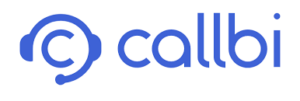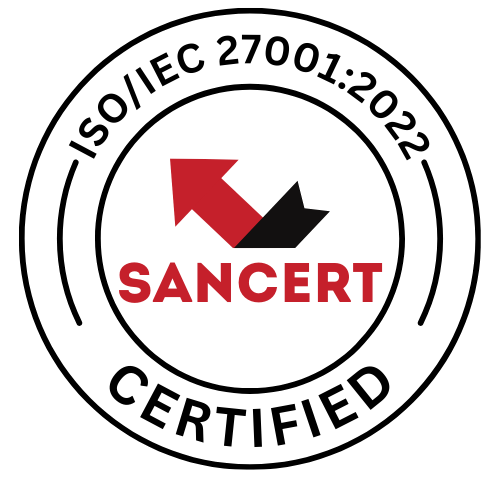FAQ
We are here to help
you find the answers
you're looking for
Product-related questions
The appropriate use of speech analytics technologies can achieve cost-saving efficiency and productivity benefits. The root causes of successful or failed calls can easily be identified by analysing historical and current calls. This analysis gives organisations powerful insights for developing and implementing refined, revenue-orientated customer engagement strategies, processes, training and operational practices.
Speech analytics can easily identify unwanted agent behaviours such as rushing or deliberately ending calls. Team leaders or supervisors can quickly and easily identify, assess and categorise calls with unacceptable agent behaviours and intervene with appropriate coaching, training and other interventions.
Speech analytics can automatically extract low-scoring calls, allowing QA and compliance teams to focus primarily on high-risk or poor-quality calls. The coverage of QA is significantly increased, compared to random selection. This means that QA persons can become upskilled into insights analysts.
With speech analytics solutions, a surprisingly fast return on investment is possible. How speech analytics directly and measurably benefits individual organisations will naturally vary from one operation to another and will essentially be driven by how cost-saving and revenue generation strategies and tactics are deployed.
"Flag & Improve" Feature questions
Your flagged snippets are shared only with trusted partners directly involved in transcription and model improvement. Saigen, Callbi’s parent company, handles model retraining, and a secure human transcription service corrects the flagged audio.
We remove any personal identifiers from the flagged audio and transcript. We take privacy seriously and remain fully compliant with South Africa’s Protection of Personal Information Act (POPIA).
You can expect to start seeing improvements with as little as 5 examples of a particular word or phrase that was incorrectly transcribed.
Not instantly. Our process – secure transcription and then model retraining – typically takes 3 – 4 weeks to roll out improved accuracy.
Absolutely. While all flagged speech bubbles are anonymized so they can never be traced back to a specific call, we can delete your flagged snippets for a specific month upon request.
Industry-related questions
Elements such as in-call and post-call silent time, script adherence and call process flows assist management in streamlining operations and reducing costly AHT.

